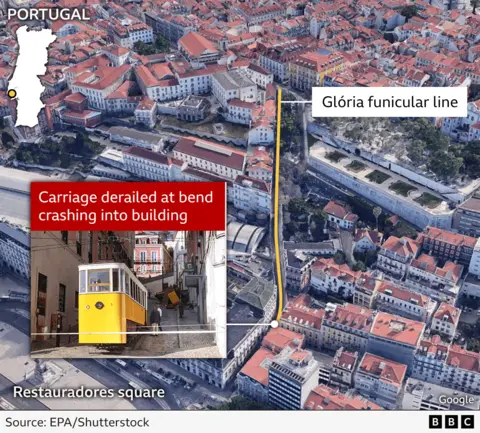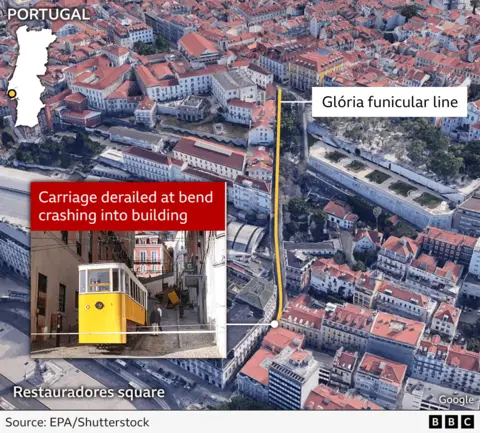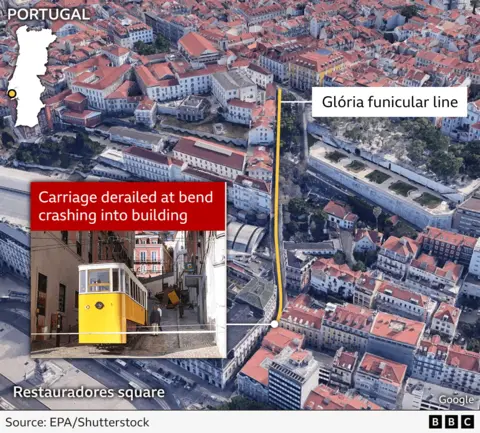The majestic Bayesian superyacht met a tragic fate last year while cruising off the coast of Sicily, leading to devastating consequences as seven lives were lost. This unfortunate event has garnered scrutiny following an official investigation, which has revealed that the yacht was particularly susceptible to capsizing due to its extreme design features, notably its single, towering mast.
According to preliminary findings released by British maritime authorities, a sudden and severe gust of wind was instrumental in the yacht’s rapid descent. Critical to the timeline of the disaster was a delayed response from a young crew member on watch, who opted to document the approaching squall on social media instead of alerting the captain. By the time the captain was informed, the situation escalated shockingly fast, transitioning from an alarming storm to a scene of chaos as water rushed into the cabins of the vessel.
Captain Andrew Moll, the chief inspector of marine accidents from the Marine Accident Investigation Branch in Britain, highlighted that the wind force was powerful enough to tilt the yacht beyond a recoverable angle. "Once the yacht had heeled beyond an angle of 70 degrees, the situation was irrecoverable," he stated, explaining the catastrophe's swift unfolding.
The investigation further indicated that the design of the Bayesian, specifically its colossal mast, rendered it less stable in extreme weather compared to similar yachts from the same maker, which are typically double-masted. While the manufacturing company previously touted the yacht as "unsinkable" when utilized correctly, external experts have criticized the overall stability of the yacht, questioning its safety features and design under duress.
In light of these findings, the maritime community is calling for a re-examination of safety standards in yacht design and operation, particularly concerning the potential dangers posed by extreme weather conditions.
According to preliminary findings released by British maritime authorities, a sudden and severe gust of wind was instrumental in the yacht’s rapid descent. Critical to the timeline of the disaster was a delayed response from a young crew member on watch, who opted to document the approaching squall on social media instead of alerting the captain. By the time the captain was informed, the situation escalated shockingly fast, transitioning from an alarming storm to a scene of chaos as water rushed into the cabins of the vessel.
Captain Andrew Moll, the chief inspector of marine accidents from the Marine Accident Investigation Branch in Britain, highlighted that the wind force was powerful enough to tilt the yacht beyond a recoverable angle. "Once the yacht had heeled beyond an angle of 70 degrees, the situation was irrecoverable," he stated, explaining the catastrophe's swift unfolding.
The investigation further indicated that the design of the Bayesian, specifically its colossal mast, rendered it less stable in extreme weather compared to similar yachts from the same maker, which are typically double-masted. While the manufacturing company previously touted the yacht as "unsinkable" when utilized correctly, external experts have criticized the overall stability of the yacht, questioning its safety features and design under duress.
In light of these findings, the maritime community is calling for a re-examination of safety standards in yacht design and operation, particularly concerning the potential dangers posed by extreme weather conditions.




















